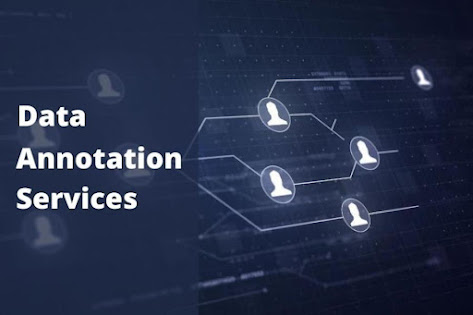Data Annotation Services: A Comprehensive Guide for AI Enthusiasts
In the last decade, artificial intelligence (AI) has become one of the most transformative forces in technology. From autonomous vehicles to customer service chatbots, AI systems have infiltrated numerous aspects of our daily lives. But how does a machine learn to identify objects in an image, differentiate voices in a soundtrack, or understand the meaning behind a line of text? Enter the world of data annotation services.
Understanding Data Annotation
At its core, data annotation is the process of labeling raw data. This labeled data then becomes the training data for machine learning models. Think of it like teaching a child: just as a child needs guidance to differentiate between objects, machine learning models require labeled examples to recognize patterns and learn.
For instance, to train an AI to recognize a cat in an image, it needs hundreds, if not thousands, of pictures labeled 'cat' and 'not a cat.' Similarly, for a voice recognition model, snippets of audio are labeled with their corresponding transcriptions.
Types of Data Annotation Services
Image and Video Annotation: This involves annotating visual data. Techniques include bounding boxes (to identify specific objects), semantic segmentation (labeling each pixel of an image), and landmark annotation (identifying specific points, like facial features).
Text Annotation: This covers a wide range of data, from emails and social media posts to news articles. Techniques include named entity recognition (identifying names, places, dates), sentiment analysis, and text classification.
Audio Annotation: Essential for voice assistants and call center AIs, this involves transcribing and labeling audio clips.
Selecting the Right Data Annotation Tool
Several tools cater to various annotation needs:
Open Source Tools: Tools like LabelImg or VGG Image Annotator are free and have large communities, but may lack advanced features.
Cloud-Based Platforms: Services like Amazon SageMaker Ground Truth offer scalability and are suitable for large projects but come at a cost.
Custom Solutions: Large enterprises might opt for bespoke annotation tools tailored to their specific needs.
Outsourcing vs. In-house Annotation
Outsourcing: Many companies provide specialized data annotation services. They can handle vast quantities of data, often with quick turnaround times. It's a good choice for companies without in-house expertise.
In-house: If you have specific quality standards or a niche project, in-house annotation might be preferable. However, it's resource-intensive and might not be feasible for every organization.
Challenges in Data Annotation
Maintaining Quality: As annotation requires human judgment, it's prone to errors. Ensuring consistent quality across large datasets is challenging.
Data Privacy: Annotators often handle sensitive information. Ensuring this data remains confidential is paramount.
Costs: High-quality annotation is time-consuming and can be expensive, especially for large datasets.
The Future of Data Annotation
With advancements in AI, semi-automated annotation tools are on the horizon. These tools will use existing AI models to pre-annotate data, with humans correcting errors. Such collaboration promises to reduce costs and increase the speed of annotation.
Conclusion
Data annotation is the unsung hero behind the rapid advancements in AI. As the demands of AI models grow in complexity, the role of data annotation services becomes ever more crucial. For AI enthusiasts, understanding the nuances of data annotation isn't just academic; it's foundational to the future of the field. Whether you're a budding AI developer or a business leader looking to harness the power of AI, diving deep into data annotation is time well spent.As annotation requires human judgment, it's prone to errors. Ensuring consistent quality across large datasets is challenging.






Comments
Post a Comment